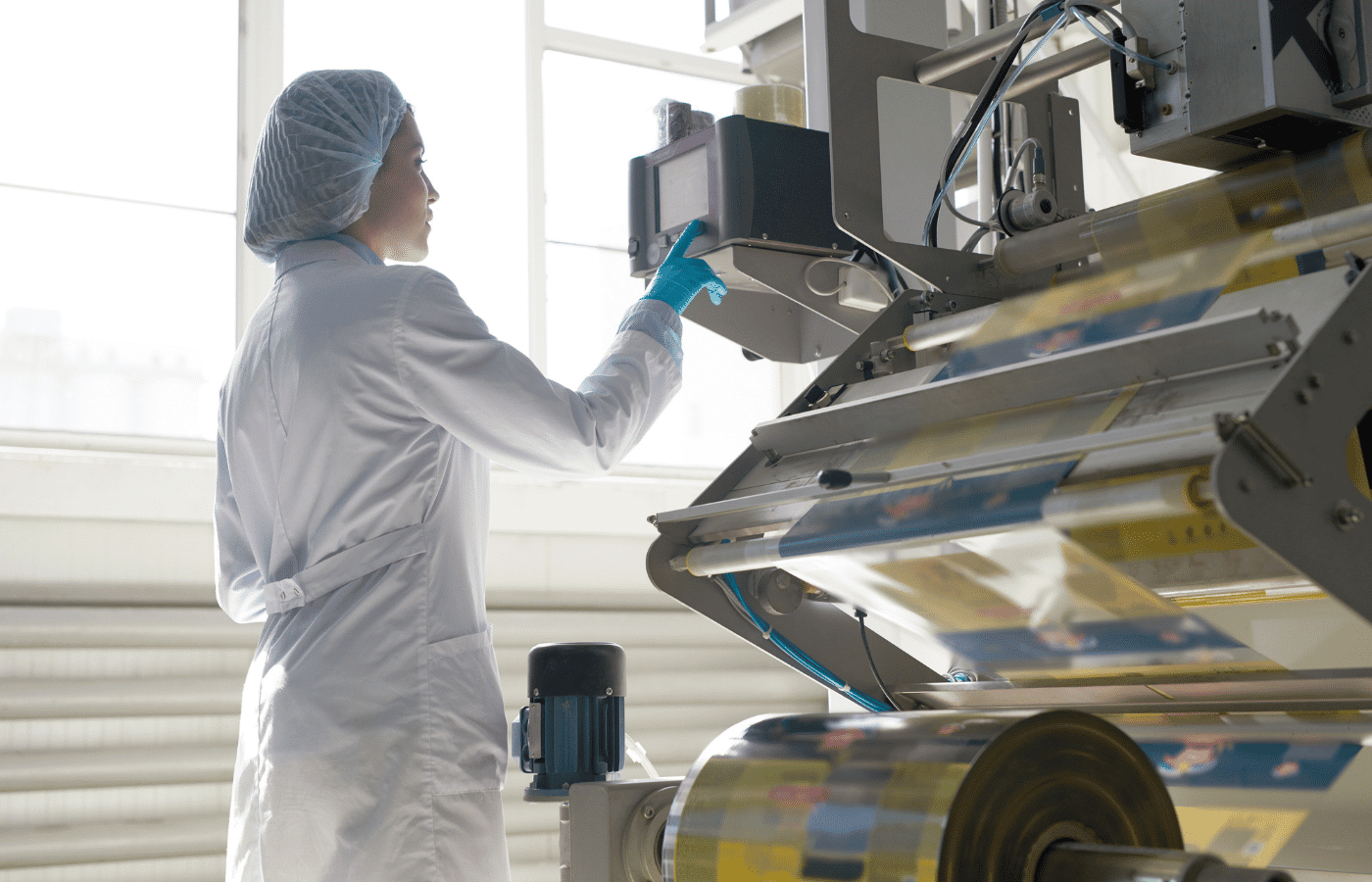
Introduction
Your packaging machine is an essential part of your production line. It ensures that your products are packaged efficiently and consistently, so keeping it in top working condition is crucial. In this article, we’ll discuss five must-know tips for maintaining your packaging machine, ensuring its longevity, and preventing costly downtime. Let’s dive right in!
Tip 1: Regular Cleaning
1**.1 Importance of Cleaning**
To keep your packaging machine running smoothly, regular cleaning is a must. Dust, debris, and product residue can accumulate on the machine’s components, causing friction, wear and tear
, and even malfunction. Regular cleaning not only extends the life of your machine but also helps maintain its efficiency and overall performance.
1**.2 Cleaning Techniques**
When cleaning your packaging machine, always refer to the manufacturer’s recommendations. Some key cleaning techniques include:
- Using compressed air to blow out dust and debris from hard-to-reach areas.
- Wiping down surfaces with a clean, lint-free cloth dampened with an appropriate cleaning solution.
- Inspecting seals and gaskets for damage and replacing them as needed.
Remember to shut off and disconnect the machine from power sources before cleaning to ensure safety.
Tip 2: Routine Inspection
2**.1 Checking for Wear and Tear**
Performing routine inspections can help you detect signs of wear and tear before they become significant issues. Pay attention to critical components like belts, gears, bearings, and rollers. Look for signs of wear, such as fraying, cracks, or unusual noises during operation.
2**.2 Identifying Damaged Parts**
During your inspections, be on the lookout for damaged or malfunctioning parts. If you find any issues, it’s essential to address them promptly to prevent further damage or downtime. Consult your machine’s manual or contact the manufacturer for guidance on replacing damaged parts.
Tip 3: Lubrication
3**.1 Benefits of Lubrication**
Proper lubrication is essential for keeping your packaging machine running smoothly. It reduces friction between moving parts, prevents wear, and helps to dissipate heat generated during operation. Regular lubrication can extend the life of your machine and reduce the risk of costly breakdowns.
3**.2 Proper Lubrication Techniques**
Always follow the manufacturer’s guidelines when lubricating your packaging machine. Some general tips for proper lubrication include:
- Use the recommended type and grade of lubricant for your specific machine.
- Apply lubricant to all necessary components, such as bearings, chains, and gears.
- Be mindful not to over-lubricate, as this can lead to leaks and other issues.
- Regularly check lubricant levels and top them off as needed.
Tip 4: Employee Training
4**.1 Importance of Training**
Well-trained employees are essential for maintaining your packaging machine effectively. They should know how to operate the machine correctly, perform routine maintenance tasks, and troubleshoot common issues. Proper training can reduce the risk of errors, accidents, and machine damage, ultimately saving time and money.
4**.2 Effective Training Methods**
To ensure your employees are well-equipped to handle your packaging machine, consider implementing the following training methods:
- Hands-on training sessions led by experienced technicians or the manufacturer’s representatives.
- Providing access to the machine’s manual and any supplemental materials, such as videos or online resources.
- Encouraging open communication between employees and supervisors, fostering a culture of ongoing learning and improvement.
Tip 5: Scheduled Maintenance
5**.1 Benefits of Scheduled Maintenance**
Scheduled maintenance is crucial for keeping your packaging machine in optimal condition. Regular maintenance checks can identify potential issues early, allowing you to address them before they lead to costly downtime or damage.
5**.2 Creating a Maintenance Schedule**
To create an effective maintenance schedule for your packaging machine, consider the following steps:
- Consult the manufacturer’s recommendations for maintenance intervals and tasks.
- Develop a schedule that aligns with your production needs, taking into account peak periods and slower times.
- Assign responsibilities to specific team members, ensuring that everyone knows their role in maintaining the machine.
- Keep detailed records of all maintenance activities, including dates, tasks performed, and any parts replaced.
Conclusion
Proper maintenance of your packaging machine is essential for its longevity and efficiency. By following these five tips—regular cleaning, routine inspections, lubrication, employee training, and scheduled maintenance—you can keep your machine running smoothly and minimize downtime. Ultimately, a well-maintained packaging machine will save you time, money, and headaches in the long run.
FAQs
Q1: How often should I clean my packaging machine?
A1: The frequency of cleaning depends on factors such as the type of machine, the products being packaged, and the operating environment. Consult your machine’s manual for specific recommendations, but as a general rule, cleaning should be performed regularly to prevent the buildup of dust, debris, and residue.
Q2: Can I use any type of lubricant for my packaging machine?
A2: No, always use the recommended type and grade of lubricant specified by the machine’s manufacturer. Using the wrong lubricant can cause damage and negatively impact the machine’s performance.
Q3: How can I detect wear and tear on my packaging machine?
A3: Regular inspections will help you spot signs of wear and tear, such as frayed belts, cracked gears, or unusual noises. Addressing these issues
